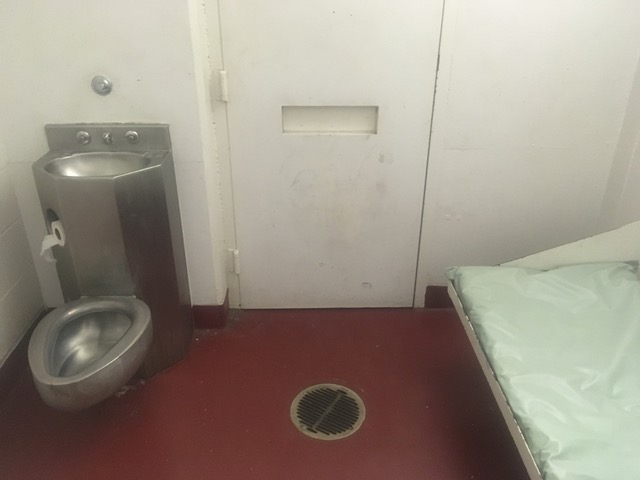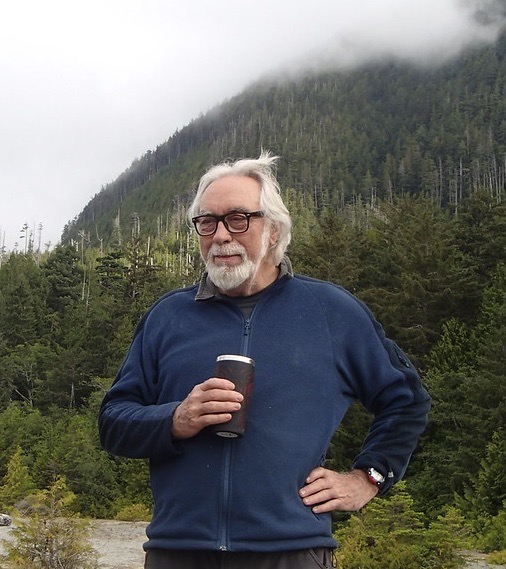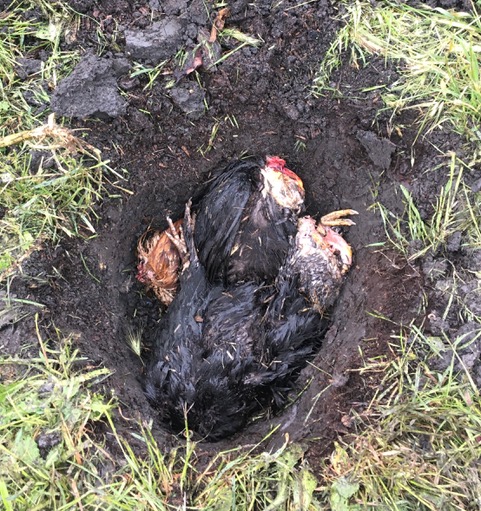Dear Chief …
We asked to meet you to briefly discuss an encounter that I had with the SLOPD back in October 2019. I didn’t think it was serious enough to bring to your attention until events of the last few weeks started a national conversation about police policy and culture in general.
On the afternoon of October 13 Jan hosted a potluck dinner at our home at 265 Albert Drive for a group of people she’s been working with on San Luis Obispo’s time-honored youth exchange program with a school in Stuttgart Germany. After the event, around 7:00 (?) p.m. I got into my Chevy Volt and headed for City Farm SLO at 1221 Calle Joaquin, where I am the Director, to carry out my regular duty of feeding the chickens and putting them away for the night.
I remember stopping at the corner of McCollum and Grand Avenue to turn right and then suddenly feeling the bottom of the car forcefully bumping on the rocks in the median on Grand. I came to a stop, slowly pulled over to the right lane, got out, realized that the car was damaged but still driveable, and pulled ahead to Fredericks St., turned right and found a place to park, planning to walk the two blocks back home and have the car towed in the morning. Not knowing what had caused the accident, but considering that it might possibly have resulted from my thinking about the chickens or from my having had a glass of wine in the course of the afternoon, I was somewhat disoriented and eager to get back home.
As I walked up Fredericks toward the corner of Albert Drive, three SLOPD cars pulled up around me and several officers got out. They looked at my registration and insurance and took my driver’s license. I told them what happened and they escorted me up to Albert and partway up the steep hill to a driveway on the right. There they had me walk a straight line, stand on one foot and inspected my eyes with a flashlight. The tone was not hostile, but it was quite intimidating. I said nothing except to answer the questions posed. When asked whether I wanted to take a breathalyzer test, I said no. At that moment, the interrogating officer took me by the shoulders, turned me around and snapped handcuffs on my wrists behind my back. Having some shoulder arthritis, I was uncomfortable but said nothing and then was ushered into the hard low back seat of one of the police cars, still more uncomfortable, and driven to the police station on Walnut Street.
Once inside I was told that I was required to take the breathalyzer test, which I did, and then was placed in the holding cell. My phone was not taken from me, and from there I texted Jan and told her what was happening.
At first she thought I was pranking her, but when I sent a picture of the inside of the cell, she saw I was for real.

Before long, I was taken out of the cell and told by the officer that I had blown .02 and would be taken home. She explained to the other officers that she had called the watch commander who asked if I was on heart medication, which I was, and who explained that it was this that accounted for results of her eye inspection. She apologized for the inconvenience and I was then driven home.
Once I got there and discussed the situation with Jan, I realized what had happened. Between making the right turn and ending up on the median, I must have briefly blacked out. Although this was of concern, I was relieved to understand. Next morning I phoned the cardiologist, Dr. Sada, and told him of the event. He arranged for an appointment the same day. After a quick examination and looking at the monitor records following a very slight stroke I’d had in August, he concluded that I’d had a “syncope” or heartbeat irregularity that caused the blackout. He scheduled me for surgery the next day and installed a pacemaker, and I’ve had no problem since.
In retrospect I realized I was somewhat frightened during this encounter. My strongest impression, however, was if a 77 year old white man a couple of blocks from home was treated like this, what would it have been like for someone with a different profile.
However, since I never had any other negative experiences with SLOPD, was acquainted with and admired the Chief, and in fact several years ago had two amazing experiences with an officer helping us to deal with a serious family problem with our custodial grandson, I felt no need to pursue it further. But, in view of both local and national events lately, I thought bringing this to your attention could possibly reinforce the value of avoiding heavy-handed treatment of citizens whenever possible.
Sincerely,



